GUEST BLOGGER SANDRA NICKEL
Seven, A Most Remarkable Pigeon celebrates a young pigeon who was different from the day he was born. He not only arrived in the world by himself, when most pigeons arrive in pairs, he was also born with an extraordinary sense of smell. As the other pigeons build their nests of twigs, eat breadcrumbs, and fly in a straight line, Seven’s sense of smell leads him to roses and fragrant rice and meandering flights that go from one scent to another.
The sense of smell
Many animals have sharpened senses of smell. Bears can use theirs to smell danger. Dogs can use theirs to track missing persons. Some scientists believe that pigeons use their strong sense of smell to “home” — to find their way back to their nests, from even thousands of miles away.
The human sense of smell, while not as developed as that of pigeons, uses a family of more than 400 olfactory receptors to pick up different scents. This means that humans can also follow a scent trail. Below you will find an activity that uses a sniffing map to reinforce just how remarkable our sense of smell is.
Preparation
- Download and print the sniffing map for each student in your class.
- Mark five paper cups with the numbers 1-5.
- For each of the five stops along the map, create a sniffing cup by placing items in a paper cup that corresponds to a stop on the map. Ideas for the different stops (depending on any allergies you may have in your class) include:
- Forest: evergreen needles or earth
- Café: ketchup or bread
- Candy shop: hard candy such as peppermint or butterscotch
- School: pencil shavings or an erasure
- Flower shop: rose petals or lavender sprigs
- Once the items have been placed in the paper cup, cover it with aluminum foil, secure the foil in place with tape, then puncture small holes in the aluminum foil so that the scent may be smelled, but the items may not be seen.
If you are working with a large group of students, you may want to make multiple cups for each stop.
The in-class activity
- Read Seven, A Most Remarkable Pigeon. When finished, ask the students whether they think they could smell their way home.
- When the discussion is finished, hand out a sniffing map to each student or group.
- Pass around the sniffing cups and ask students to smell what is in each cup.
- Ask students to draw on the map’s yellow “post-its” what they smell.
- Once everyone has finished drawing the five scents for each stop, discuss which of the scents was hardest and easiest to figure out.
- Wrap of the activity by discussing whether there are scents in the students’ own neighborhoods that could help them find their way home (e.g., restaurants, neighbors’ gardens, railroad tracks).
Featured image credit: Sandra Nickel
Sandra Nickel is an award-winning author of picture books. She holds an MFA in Writing for Children and Young Adults and has presented workshops on writing for children and young adults throughout Europe and the United States. She is honored to be the winner of a Christopher Award, the winner of the Society of Children’s Book Writers & Illustrators Crystal Kite Award, a finalist for the Golden Kite Award for Nonfiction for Younger Readers, a Junior Library Guild Gold Selection honoree, and a Charlotte Huck Award Recommended author. Website Instagram Facebook BlueSky X


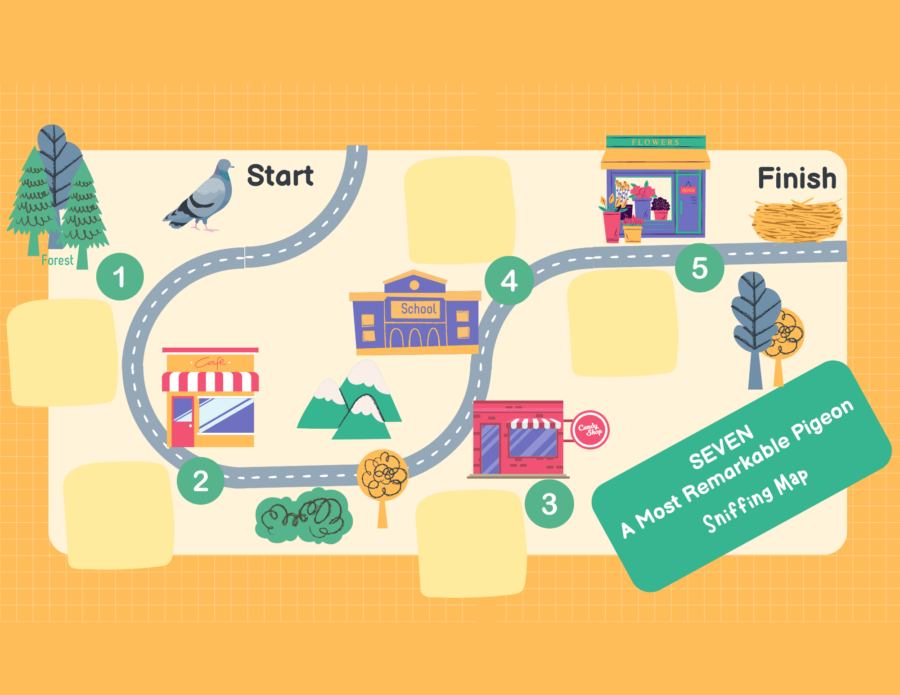

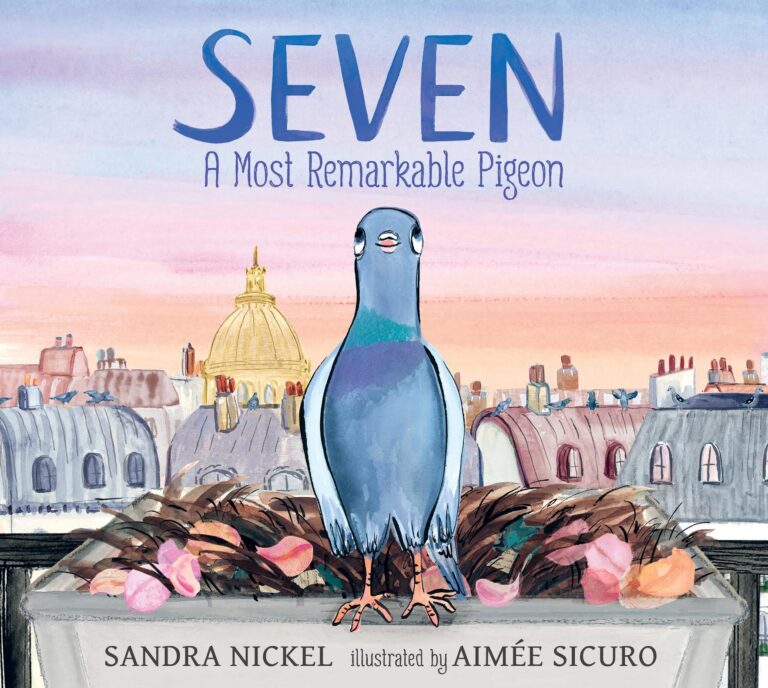
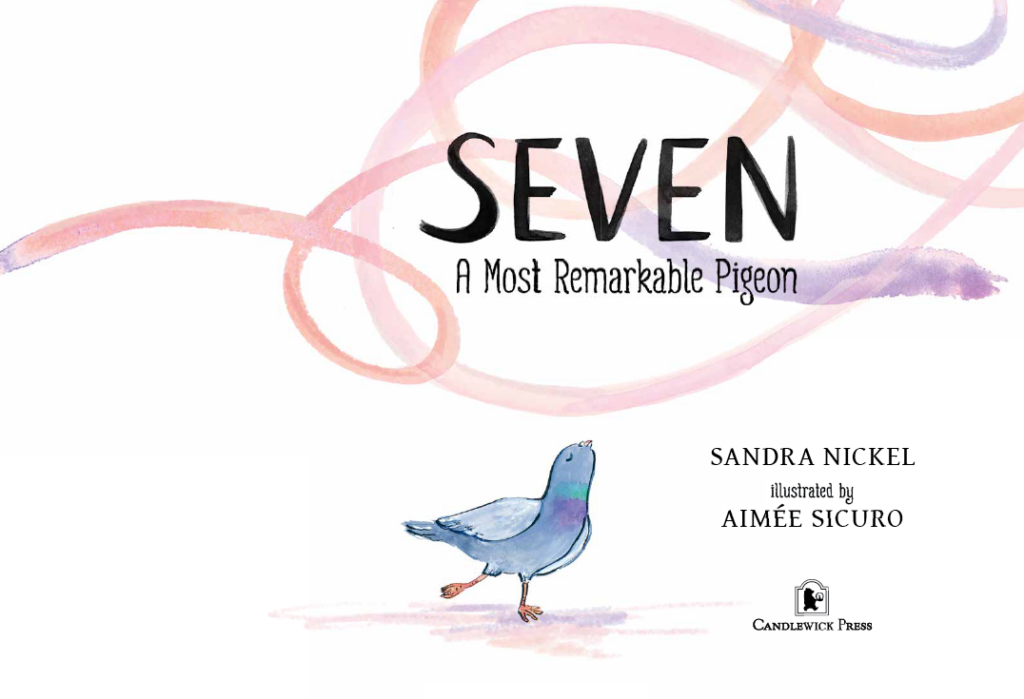

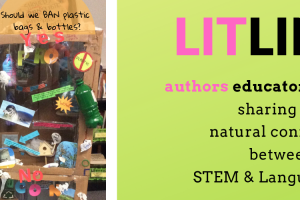
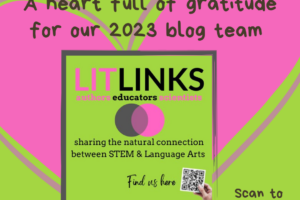
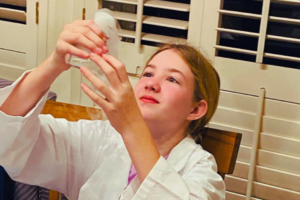


Leave a Reply
Your email is safe with me.